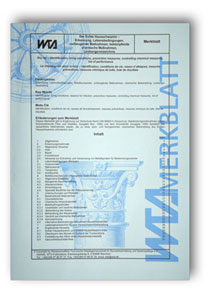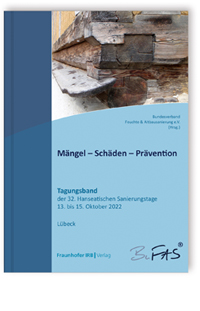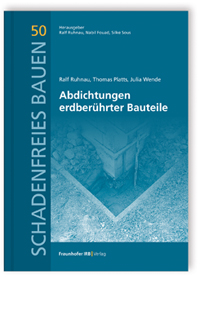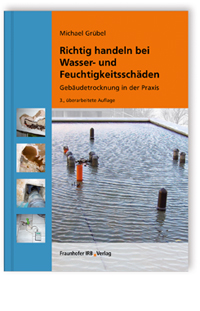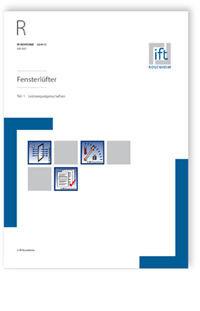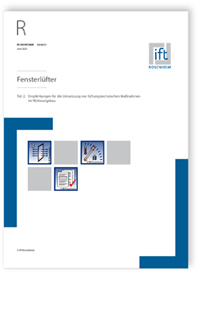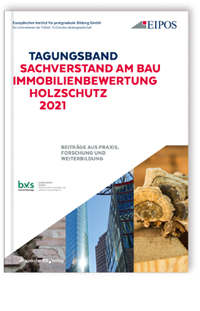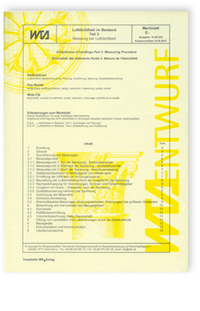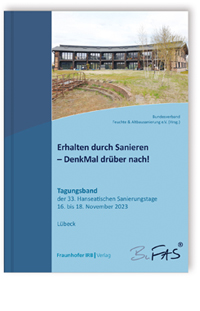Simulation of heat and moisture transfer (E-Book (PDF-Datei))
Unit 6 Building Physics
WTA Guideline 6-2-14/E. English version. Edition December 2014
Details zum Merkblatt
Reihe
WTA-Merkblätter , 6-2-14/E
Erscheinungsjahr
2017
Stand
12 / 2014
Herausgeber
Wissenschaftlich-Technische Arbeitsgemeinschaft für Bauwerkserhaltung und Denkmalpflege e.V. -WTA-, Referat 6 Bauphysik, München
Bibliografische Angaben
28 Seiten, 4 illus.
E-Book
Fraunhofer IRB Verlag
ISBN 9783816799450
Sprache
Englisch
High moisture in building components can result in hygienic problems, damage to materials and energy losses. The first edition of this guideline provided internationally recognised methods for realistic analyses of transient temperature and moisture behaviour in building components. It has served as basis for an international standard on this topic.
This new edition of the guideline accounts for the advances in science and technology. It provides specifications for numerical simulation methods and recommendations for their practical application. The underlying model descriptions and necessary material parameters are specified. Furthermore, the choice of climatic boundary conditions, the accuracy check procedure and the documentation of input and output data is described. Contrary to the standardised steady-state Glaser method, the numerical simulation includes the heat and moisture storage of building materials as well as latent heat effects by condensation or evaporation and the parallel occurrence of vapour diffusion and liquid transport. The climatic boundary conditions are temperature, relative humidity, radiation and precipitation. The hygrothermal material parameters are generally taken from the database provided by the distributor of the simulation programme. They may also be determined by appropriate laboratory tests or approximated from standard material data.
This new edition of the guideline accounts for the advances in science and technology. It provides specifications for numerical simulation methods and recommendations for their practical application. The underlying model descriptions and necessary material parameters are specified. Furthermore, the choice of climatic boundary conditions, the accuracy check procedure and the documentation of input and output data is described. Contrary to the standardised steady-state Glaser method, the numerical simulation includes the heat and moisture storage of building materials as well as latent heat effects by condensation or evaporation and the parallel occurrence of vapour diffusion and liquid transport. The climatic boundary conditions are temperature, relative humidity, radiation and precipitation. The hygrothermal material parameters are generally taken from the database provided by the distributor of the simulation programme. They may also be determined by appropriate laboratory tests or approximated from standard material data.
